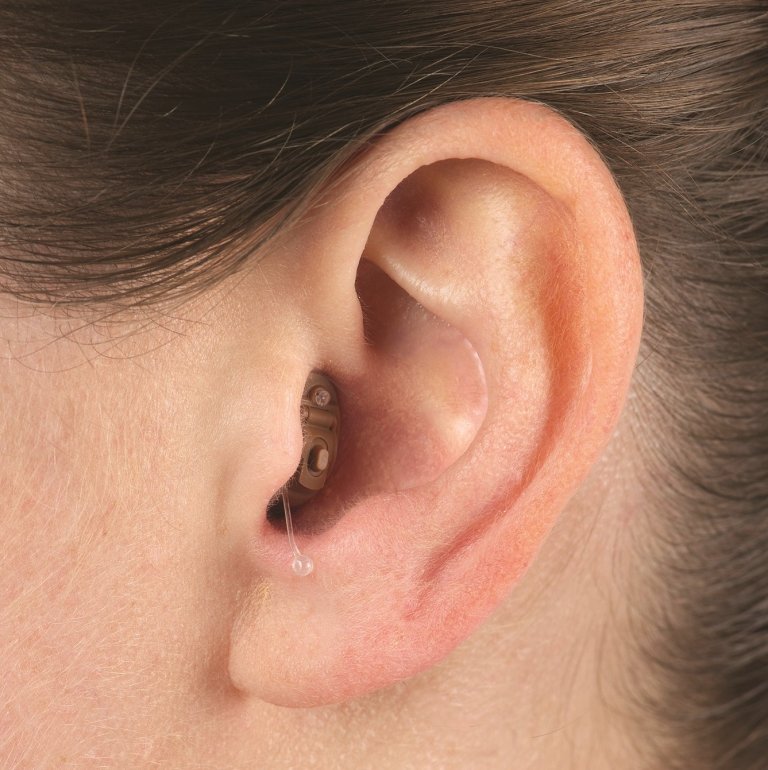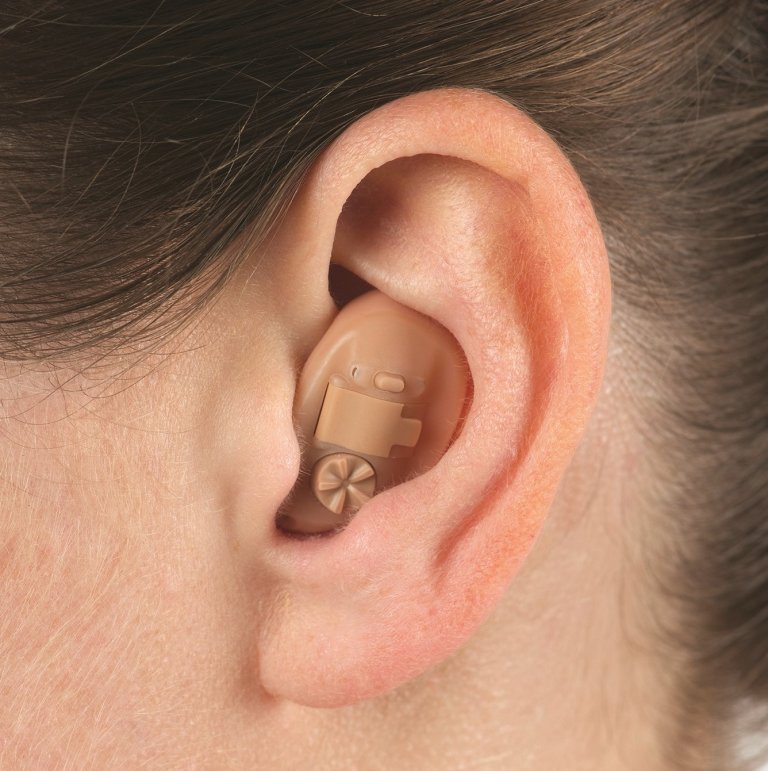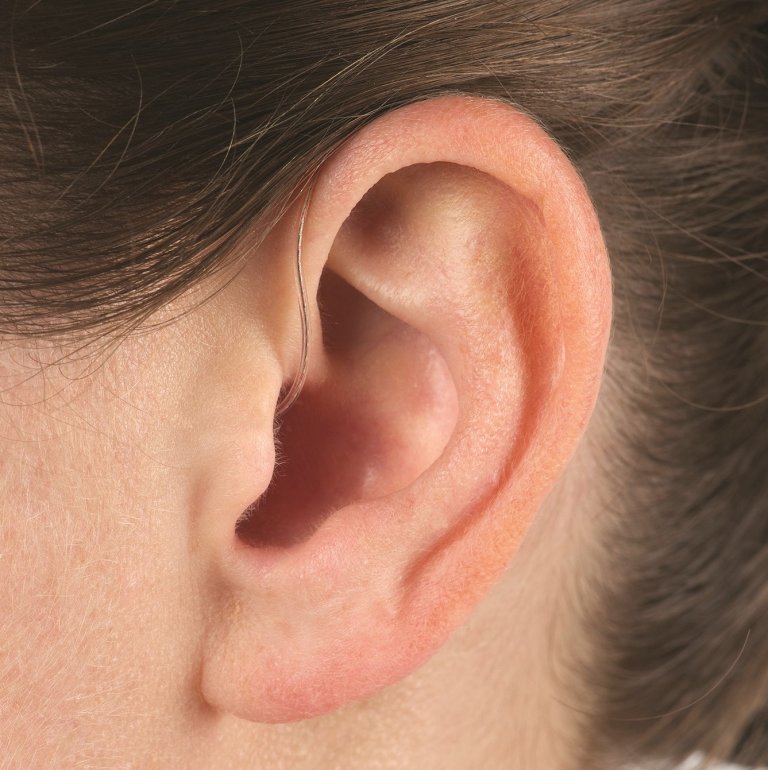Factors to Consider When Selecting Hearing Aids
When choosing your hearing aids, there are some factors you’ll need to take into consideration. Including the severity of your hearing loss, your lifestyle, and budget as these will all impact the options available to you.
Severity and Type of Hearing Loss
Because not all hearing aid styles are suitable for all types of hearing loss, you’ll need to make sure you understand your level of hearing. Mild to moderate hearing loss has the most options, while profound hearing loss is often limited to only the most powerful styles.
It’s also important to make sure that the hearing aid selected is not only suitable for the level of loss at that time but will also have the adaptability for potential changes in hearing in the future.
Lifestyle and Daily Activities
Whether your enjoy spending time at home or love nothing more than spending time with friends at restaurants or social events, the best hearing aid for you will be one that matches your lifestyle.
If you’re very active and enjoy sports or other physical activities, you’ll want a hearing aid that’s durable and can withstand the elements. If you work in a busy or noisy environment, you’ll need a model that can easily filter out background noise.
Music lovers may find Bluetooth connectivity to be useful. Some Bluetooth hearing aids allow you to connect to your phone’s music apps or TV so you can still enjoy your favourite music, shows, and movies.
Make sure you speak to your hearing aid expert so you can find the right hearing aid to fit your lifestyle.
Budget Considerations
Hearing aids are available at many different price points depending on the model, brand, and additional features on offer. It’s worth discussing with your hearing aid expert what your budget is so they can help find your the best fit for your money.
Cosmetic Preferences
Another consideration is your cosmetic preferences. Some might not be bothered by the appearance of their hearing aids but it’s worth voicing if you are as some models are more subtle than others. That being said, not all hearing aids will be suitable for every type of hearing loss so it’s important to keep that in mind.









